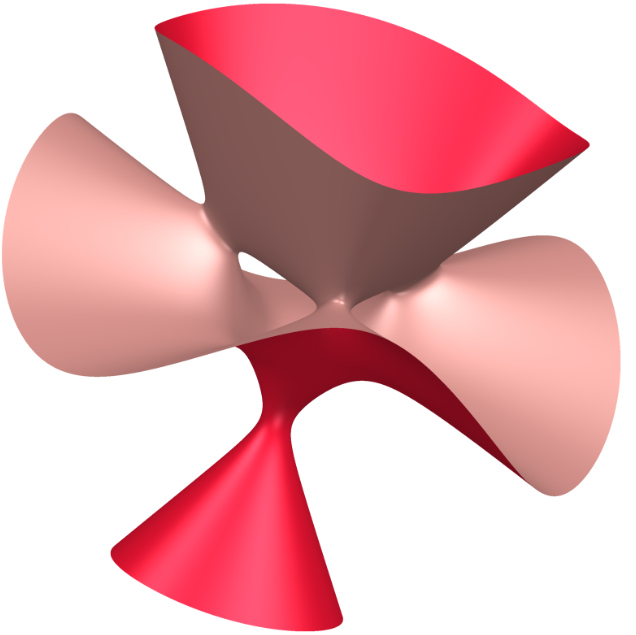Professor Helge Ruddat has received NOK 12 million to investigate and classify the mathematical concept of Fano manifolds.

Systems of polynomial equations (an equation in which one polynomial is set equal to another) are widely used in modern technology, in everything from basic chemistry and physics to economics and the social sciences. The geometric form of the solution of the equation, the basic building blocks, can be classified.
These basic building blocks are called Fano manifolds. They are named after Gino Fano, an Italian mathematician who was the first to describe their existence in geometry.
Wikipedia has this definition of a Fano manifold: An algebraic variety that generalizes certain aspects of complete intersections of algebraic hypersurfaces whose sum of degrees is at most the total dimension of the ambient projective space.
What is a Fano manifold?

Fano manifolds are a concept in algebraic geometry. Imagine that you are an explorer and the universe is a big ocean. In this sea there are many islands, each with its own unique shape, size and characteristics. These islands represent different types of mathematical objects. Fano diversities are like a special group of islands that have certain interesting characteristics. They are the building blocks of more complicated islands that we don't yet understand.
Just like an island that is easy to explore because it has many guides, the Fano manifolds are easier to study because they have a property called "ampleness". This makes them more "accessible" compared to others. You can think of Fano manifolds as a broader category that includes objects we already understand well. Fano manifolds are related to several important concepts in geometry and number theory. For example, they are connected to the study of rational points, which is a central part of number theory.
Fano manifolds provide a wide variety of examples to test possible theories. They are like a diverse group of islands, each offering unique opportunities for exploration. There is still much we do not know about Fano manifolds, and this is where Helge Ruddat's research comes in.
"For example, while we know there are 9 types in dimension two and 105 in dimension three, we don't know how many types of four-dimensional Fano manifolds there are. We only know that there are finitely many types," explains Ruddat.
Aiming to classify
To increase the importance of Fano manifolds in algebra, geometry and theoretical physics, Ruddat's research project aims to classify these forms and create a catalogue, much like the periodic table of elements in chemistry.
The name of the project is Shape2030. The researchers have a somewhat ambitious goal, namely to make Stavanger the centre and knowledge base for this type of algebraic geometry and to complete the catalog of Fano manifolds. The research team will use new techniques from logarithmic and tropical geometry.
"The most important thing is that we use mirror symmetry, a powerful duality that can connect two different mathematical worlds. On the one hand, algebraic geometry, complex numbers. On the other side, so-called symplectic geometry, the branch of mathematics that underlies much of mechanics," says Ruddat.
The aim of Shape2030 is for it to have a major academic impact on mathematics, string theory and scientific computation. The funding will enable the researchers to solve fundamental questions regarding the construction, classification and geometric knowledge of solutions to polynomial equations. New knowledge of Fano manifolds can lead to new applications of different forms of mirror symmetry, as well as new domains for artificial intelligence applications.
The money comes from the Research Council's grant for free research, the so-called FRIPRO grant.